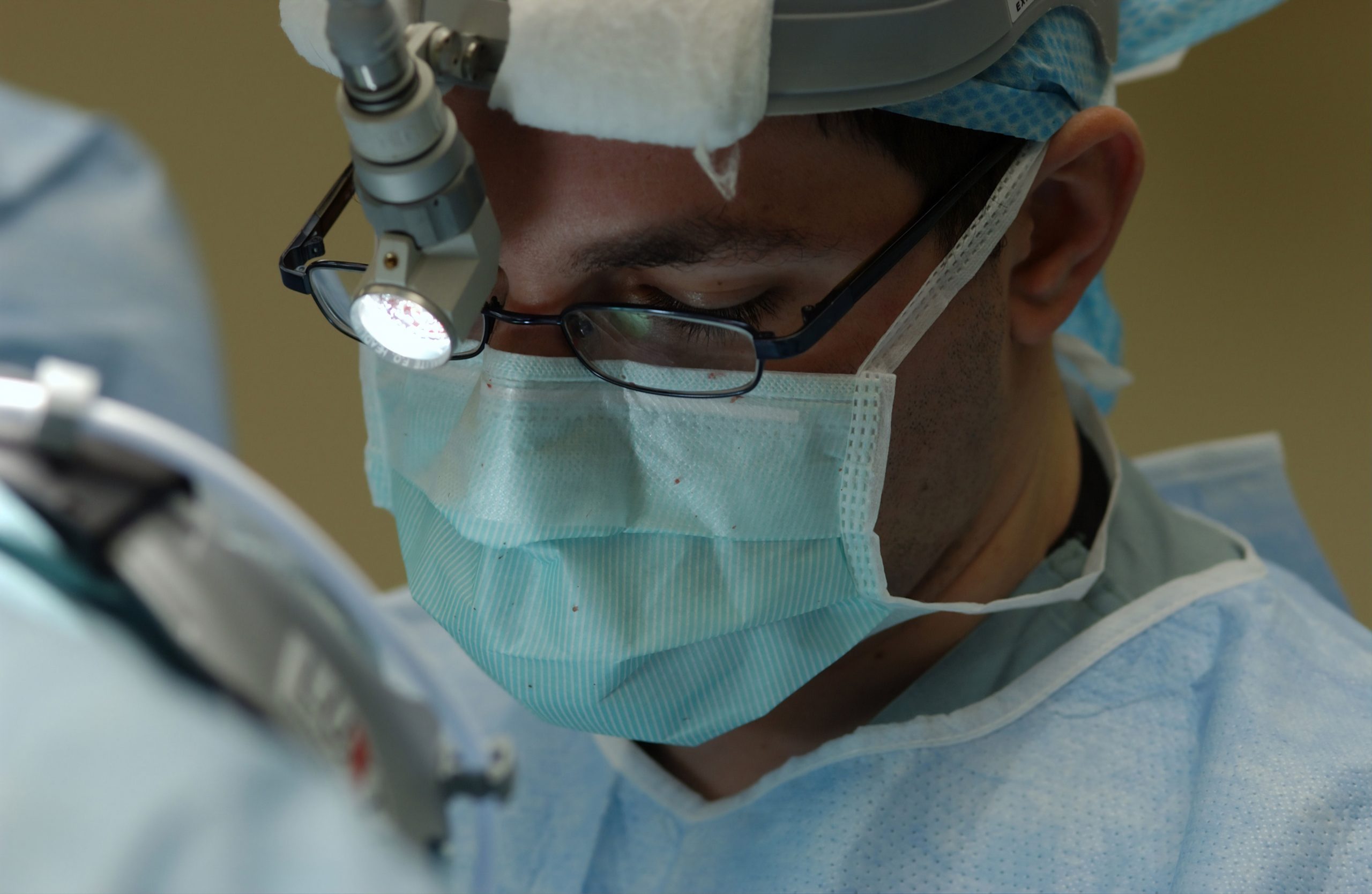Why Legacy Medical Devices are Putting Healthcare Cybersecurity at Risk (The MedTech Download)

Key Takeaways
- Many medical devices built 10 – 15 years ago were not created with cybersecurity in mind, putting healthcare organizations and medical device companies at risk.
- Mental health apps have flooded the market, but the data show that a small percentage are FDA approved or backed by science.
- Researchers have developed a way to “image tissues through an ultrathin optical fiber, potentially allowing for high-resolution imaging of single cells within the body.”
Legacy Medical Devices, Growing Hacker Threats Create Perfect Storm of Cybersecurity Risks

While bringing any form of MedTech to market is multifaceted, one of the biggest barriers for many new medical devices is adoption. Sometimes the challenge is convincing physicians to adjust their workflow. Sometimes it is demonstrating that the new device will deliver outcomes that people are willing to pay for. And sometimes, it is convincing hospital systems that a new device improves patient outcomes, operational efficiencies, or more.
In the case of health systems, some upgrades are more urgent than others, especially as it relates to cybersecurity. As reported in MedTech Dive, “Many older medical devices in operation today — using outdated or insecure software, hardware and protocols — were not built with cyber protections in mind, leaving healthcare organizations vulnerable to attack and putting the reputation and financial stability of device companies at risk.” And with the number of connected devices used in the healthcare setting increasing, healthcare organizations need to take stock and understand where they are most exposed.
In a Murky Sea of Mental Health Apps, Consumers Left Adrift

In the healthcare landscape of the last 2 years, there is no doubt that telemedicine and digital health have been center stage. And while pandemic-related necessity shone the spotlight on these sectors, the benefit of this type of healthcare delivery has remained. Digital healthcare has opened access to care for millions, even prompting congress to extend reimbursement for telehealth beyond the current crisis.
In this vein, mental health and wellness apps have flooded the market. But, according to an article in KHN, “of the estimated 20,000 mental health apps available for download on personal computers and smartphones, just five have been formally vetted and approved by the Food and Drug Administration, which largely has taken a hands-off approach to regulating the space.” The article goes on to discuss how the flood of unregulated and often unvetted mental health options has meant that consumers are left trying to figure out what apps will actually be of any benefit.
Shorten Your Medical Device Development Timeline Using These 3 Design Research Strategies

Much of the foundation of MedTech success lies in understanding and demonstrating a clinical need. If no one needs your product, or there is no interest in adoption, you won’t have a device that sells. In many cases, when companies define the clinical need through a market opportunity analysis, they learn how to speak directly to that need. In fact, they can shape the value proposition of the product directly to the need itself, rather than iterating a value proposition that may or may not resonate.
Similarly, design research can help companies shape a product, not only in relation to the function of the device, but the ancillary features as well. They can use design research to figure out user needs in how they interact with the product or fit it into their workflow. In a piece in MedDevice Online, Tom Kramer, president and CEO of Kablooe Design, discusses 3 important design research strategies that medical device startups should consider that will optimize and possibly shorten their development timeline.
Optical Fiber Imaging for Next-Generation Endoscopes

Endoscopy is an important tool in healthcare, allowing physicians to look inside of the body of patients. But endoscopes are not a new technology. In fact, endoscopes were used in the Roman and Greek periods, and “an instrument considered a prototype of endoscopes was evidenced and discovered in the ruins of Pompeii.” For hundreds of years, doctors have used a version of this technology to diagnose patients and understand the human body.
Today, our endoscopes are no doubt more advanced than those used even 50 years ago. And now, thanks to researchers at the University of Exeter in England, there may soon be a next generation endoscope. The team has “developed a technique to image tissues through an ultrathin optical fiber, potentially allowing for high-resolution imaging of single cells within the body.” This may lead to “tiny endoscopes that can be inserted into human tissues to image individual cells. If developed further, the technique could help clinicians identify diseased cells within the body, and help with the accurate placement of needles to obtain biopsy samples.”
Stay up-to-date on everything that matters to MedTech entrepreneurs and executives. Subscribe below to receive industry insights, MedTech resources, and more delivered directly to your inbox.




